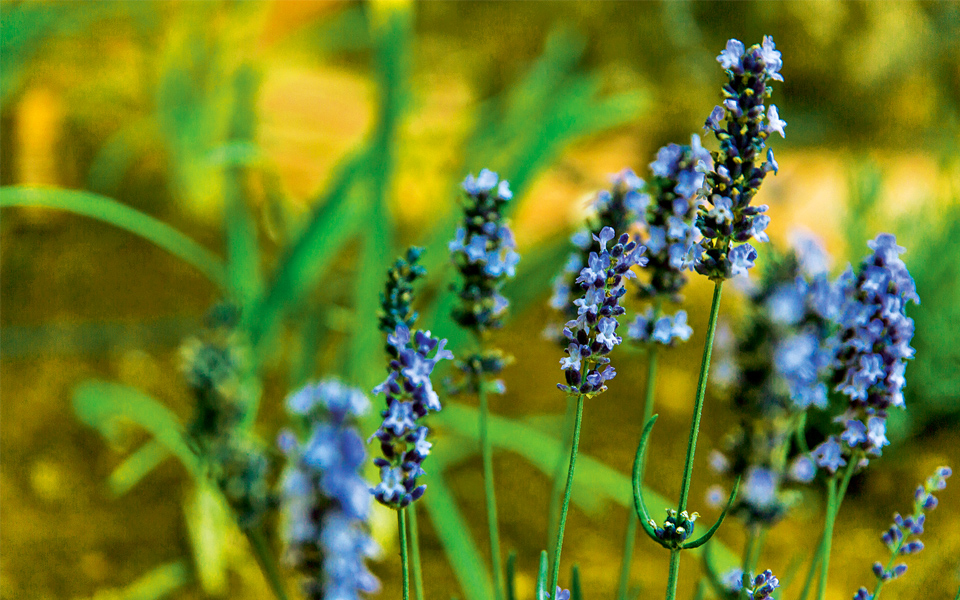“It’s a very lively garden. The water lilies are closed in the morning; they open at midday and close again at night,” says the director of the National Archaeological Museum, Maria Lagogianni, in an excited tone as she shows me around clumps of freshly planted Cretan dittany, daffodils and two olive trees planted just after World War II.
The museum is a wonderful example of neoclassical architecture, built in the late 19th century and given its final form by celebrated German architect Ernst Ziller. Today, we’re standing in its lovely internal courtyard. This area has been given a radical makeover by landscape architects Ecoscapes, with the support of Japan Tobacco International; it was unveiled to the public on June 17 as part of a series of events celebrating the museum’s 150th anniversary.
The new garden has been designed both as a showpiece in its own right and as a complement to the exhibits, as it has been planted with native Greek species that appear in the country’s mythology. Cretan dittany, for example, does not grow anywhere else in the world, and Hippocrates used it to heal wounds. According to legend, Aphrodite used the same herb to heal her son Aeneas after he was struck by a spear in the Trojan War.
“The new garden has been designed both as a showpiece in its own right and as a complement to the exhibits, as it has been planted with native Greek species that appear in the country’s mythology.”

© Dimitris Vlaikos
Each of the plants in the garden tells a tale, or rather has a story that can be found on specially placed signposts or on bookmarks that visitors can take away as a souvenir.
The water-lily pond, the myrtles and yews (among others) are arranged so that visitors can get an up-close look at them. The designers have used stabilized earth that retains moisture and lets the soil breathe, while also allowing it to be trodden upon. They have also ensued that visitors will be able to see flowers all year round.
“It is always vibrant with life and color, as we have plants for every season,” says botanist and landscape architect Antonis Skordilis, who conducted the study for the garden.
So, after your visit to the museum’s superb collection of 11,000 artifacts, enjoy a refreshment in the new garden, which is also surrounded by exhibits from the museum’s permanent collection such as funerary steles, a mosaic floor and sculptures from the famed Antikythera shipwreck.
Come July, the space will host modern works by Greek ceramists, “so that we can incorporate the ‘now’ into the ancient, eternal past,” says Lagogianni.
“The water-lily pond, the myrtles and yews (among others) are arranged so that visitors can get an up-close look at them.”











